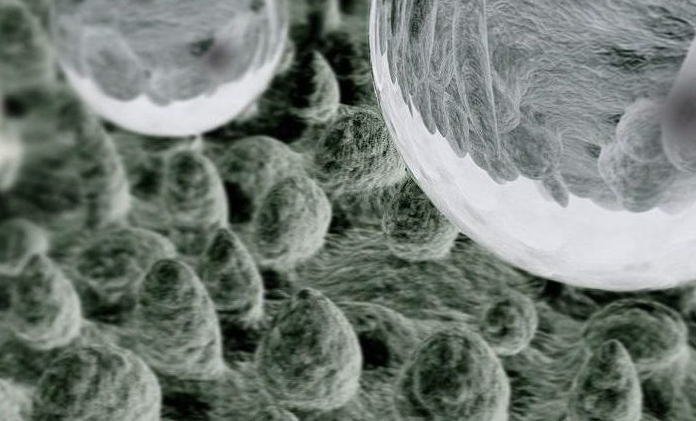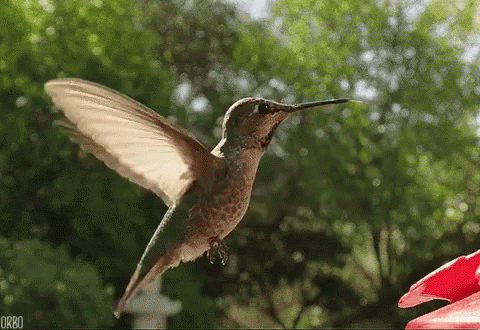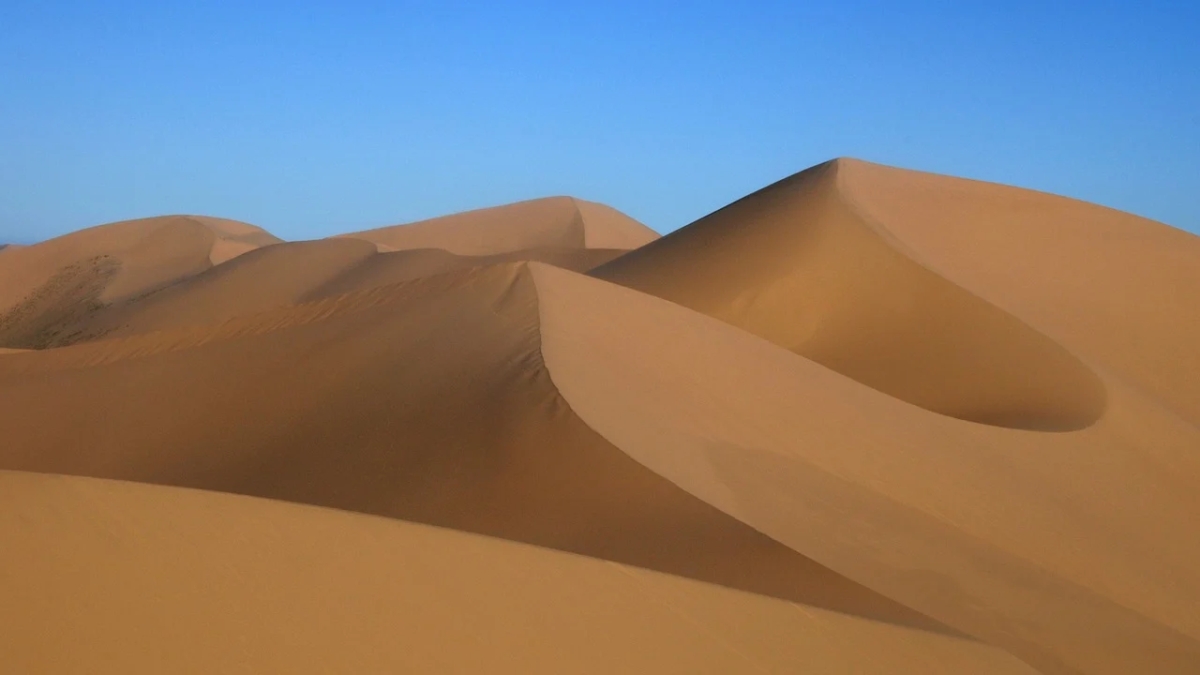I recently watched Denis Villeneuve’s Dune in theater. The movie is a visual masterpiece. I would say it is a dark chocolate for eyes rather than eye candy. The character development is more visual and not just a general exposition. The most fascinating things in the dune universe are the equipment, machinery, tools which do not involve a computer intelligence to control or maneuver. Impressive thing is that the technology shown in the universe of dune, looks futuristic but people, their culture, beliefs, politics, religion remains frozen in the time. It seems the harshness and difficulty of living has made the advanced technology shed its attractive- rather ‘showpiece’ aspects and only the utilitarian aspects of technology are maintained forever. Here, the technology is truly representing as a tool of people.
One of the things from ‘the Duniverse’ that intrigued me is ‘the Ornithopters’. When I saw them taking flight, the only thing that came into my mind was ‘Hummingbird’. Ornithopters are the helicopters equivalents on Arrakis- the desert planet. The ornithopters on Arrakis are six or eight winged flying pods which look like dragonflies, in fact Denis Villeneuve intended their design in that way. They fly by flapping their wings like hummingbird and have far better maneuvering abilities that a normal helicopter. They can glide way better due to their aerodynamic dragonfly-like shape. Here, the technology draws inspiration from the nature. Hummingbirds are the birds which can fly backwards, side-ways and downwards; they can do somersaults and are better in long term hovering compared to other birds.

There are many examples in real life especially in technology, where inspiration is drawn from the nature. Inspirations from nature are taken to solve the design problems and is known as Biomimicry or Biomimetics. The word is self-explanatory- ‘Bio’ means nature and ‘mimicry’ means imitation, enactment, copying.
Popular example of biomimicry is the design of bullet train. The engineers were facing problem of sonic booms when the train entered through a tunnel with high speed. The engineers solved the problem by designing the front end of the train similar to the Kingfisher’s beak. The inspiration was drawn from a picture of kingfisher diving into the pond for fishing. When a kingfisher dives for fish, there is no splashing on the water surface. The picture is captured just at the moment when beak of the bird enters the surface of water. In order to execute a successful fish hunt, the entry through the water must remain swift; For proper target there should not be splashing of water because undisturbed water surface will have more clarity. Same phenomena, functionality was implemented in the design of the bullet train.

Lotus effect is also one good example of bio-mimicry. We all know the water repellent properties of lotus leaves, lily leaves. Two German botanists namely Wilhelm Barthlott and Christoph Neinhuis were studying highly magnified plant leaves. At high magnification of 1-20 nano-meters magnification, even a speck of dust can ruin the image. The botanists realized that there was no special need of sample cleaning for the lotus leaves samples. Upon detailed studies they found out that, there were two features contributing to the cleanliness of the leaves. One was the layer of wax, which is obvious for everyone. The second and the most unexpected feature was the presence of micro bumps on the surface. These small bumps trap air which creates higher contact angle between water and leaf surface. The water drop literally becomes spherical on these bumps as the air trapped between the bumps is pushing the water film inwards and surface tension is helping more and more to the formation of curvature.

This effect was replicated using negative- positive molding processes for the preparation of Self-cleaning surfaces. It is like molding a wax statue but the here the technique is precise to microscopic scale. Self cleaning paints are getting introduced in the market recently.
Main thing to understand is that, not everything we derive from the nature could be called as biomimicry. Biomimicry is more about functionality of the design. Giving wings to a machine to fly won’t be called as a biomimicry, it will be called as a ‘Bio-inspired design’. A Bio-inspired design is more inclusive term which covers Biomimicry (functions like nature), Bio-morphism (as in more similar in looks with nature) and Bio-utilization (uses nature as an agency). In the case of the ornithopters, it is the higher pivot providing design of the wings. The hummingbirds have these wings with highest pivot angle between wings and shoulders which enables them to maneuver exceptionally.

There is one organization focusing on the Biomimicry. The ‘Biomimicry Institute’ is a non-profit organization striving for bringing people together to solve the problems using biomimicry. Nature itself is running the largest laboratory for billions of years and we can look for solutions to our problem by just asking one simple question- ‘How would nature solve this?’ Janine Benyus– Cofounder of Biomimicry Institute popularized biomimicry. Her TED talk is available on the institute’s website- biomimicry.org. You should visit the website to explore more.
Biomimicry has made us realize that nature is the largest library that humans can ever have. Its conservation is not just important for the sustenance, but it can highly contribute to the technological advancements of humanity. Whenever we are losing a species, we are losing an immense source of knowledge which was result of millions-billions years of nature’s research. The thought itself can bring us closer to nature- natural resources and its conservation. Biomimicry will create more pro-nature solutions to the problems. Sometimes modern problems require bio-mimicked solutions! (Yes, I did that ;D)
For further explorations just google these:
- biomimicry.org
- How a steppe eagle’s wingtip solved Airbus A380 Wake Turbulence problem – Richard Hammond’s Engineering Connections- Airbus A380 documentary by National Geographic
- Gecko’s feet and surface adhesion
- Lotus effect and self-cleaning paints
- Invention of Velcro
Further reading:


2 thoughts on “Dune’s Ornithopters and Biomimicry”